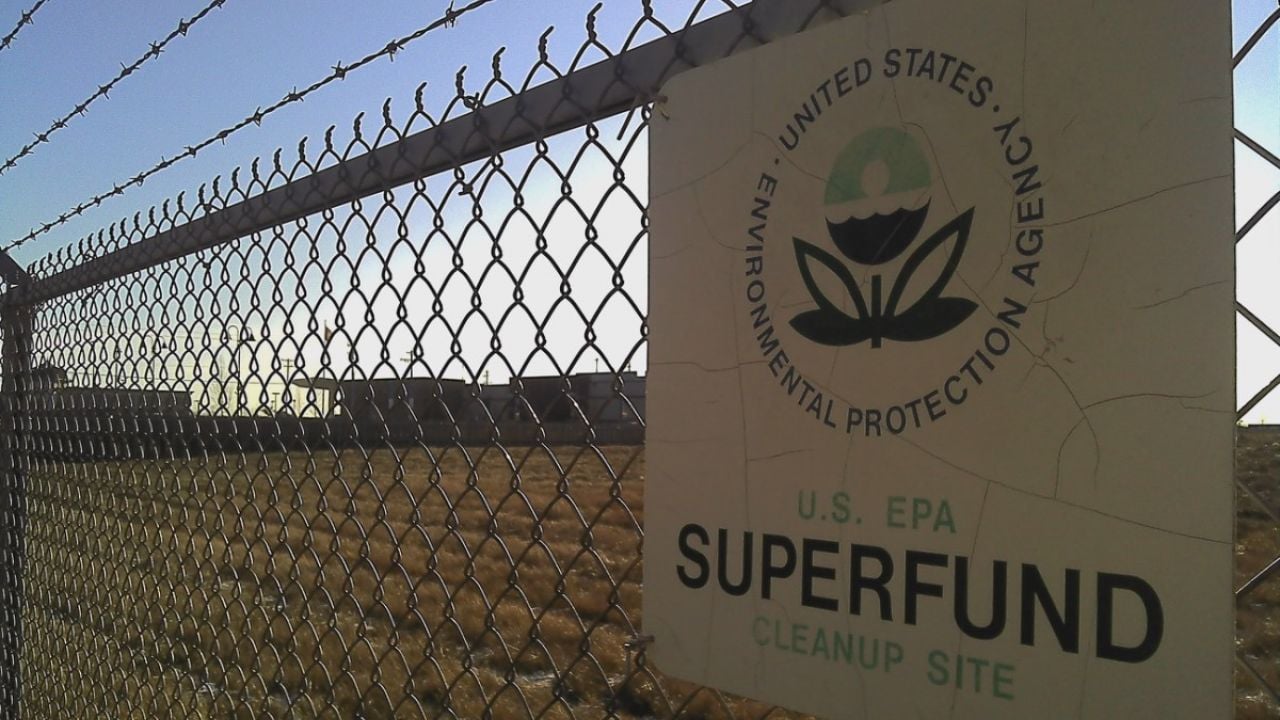
Some lawmakers are spinning wild tales about the dire consequences that could result if legislation passes that would jumpstart the cleanup of the toxic fluorinated chemicals known as PFAS. The facts are far less cataclysmic.
A comprehensive, bipartisan package to protect Americans from the toxic “forever chemicals” will be taken up by the House of Representatives this week.
PFAS are a large group of chemicals that cause increased risk of cancer, harm to fetal development and reduced vaccine effectiveness. They are called forever chemicals because they do not break down in the environment and they build up in our blood and organs.
The PFAS Action Act would advance much-needed reforms to jumpstart cleanup, set federal drinking water standards, limit industrial discharges, expand PFAS testing and provide funding to assist water utilities and wastewater treatment facilities.
But PFAS polluters and their supporters in Congress have been peddling doomsday scenarios and falsely claiming the bill would create a de facto ban on PFAS.
Nothing could be further from the truth.
The PFAS Action Act would require the Environmental Protection Agency to designate two of the best-studied PFAS – PFOA and PFOS – as hazardous substances under the Comprehensive Environmental Response, Liability, and Compensation Act, or CERCLA, within one year and consider designating additional PFAS within five years. This designation would be a critical step toward jumpstarting the cleanup process at contaminated sites across the U.S.
However, during a House Energy and Commerce Committee markup last month, bill opponents argued that such a designation would ground airplanes, end the use of life-saving heart stents and force us to throw out our masks.
Rep. Larry Bucshon M.D. (R-Ind.) warned that “labeling all PFAS as hazardous poses a direct threat to FDA-approved drugs and devices” and “could lead to lives lost.” Rep. Buddy Carter (R-Ga.) asked whether the bill was “proposing to end the use of masks because many of them contain [PFAS].”
Nonsense.
These arguments are red herrings designed to mislead and frighten lawmakers and their constituents.
The facts are that the bill would designate only two PFAS – PFOA and PFOS – as hazardous substances within a year. But PFOA and PFOS have already been largely abandoned by industry under a 2006 EPA stewardship agreement. There can be no de facto ban on chemicals that have already been largely phased out.
Even if the EPA later designates additional PFAS as hazardous substances, manufacturers will not have to stop using them in their products as a result.
CERCLA – better known as Superfund – regulates cleanup, not use. A CERCLA hazardous substance listing does not prevent responsible manufacturers from continuing to use the substances. It governs the cleanup of sites contaminated by the release of hazardous substances and allows the EPA to recover costs from responsible polluters. Over the more than 40-year history of Superfund, designating a chemical a hazardous substance has rarely led manufacturers to stop using it.
In fact, CERCLA hazardous substances are used by manufacturers in multiple industries every day, often in large quantities. There are currently 761 substances on the CERCLA hazardous substances list.
Almost 700 have been on the list since 1980, when the law was passed. At least three-quarters, or 599, were likely still in active use, EWG found in a 2019 analysis. What’s more, nearly half of the CERCLA hazardous substances chemicals, or 339, were not only in production but were also likely produced at high volume. One of the most produced and widely used chemicals in the world – sulfuric acid – has been listed as a CERCLA hazardous substance for more than 40 years.
CERCLA hazardous substances are even used in the medical field. Ethylene oxide is used to sterilize medical equipment. Xylene, toluene and formaldehyde are all used to preserve tissue specimens. Mercury is used in dental amalgam fillings. Several CERCLA hazardous substances, including arsenic trioxide, chlorambucil, cyclophosphamide, mechlorethamine, melphalan, mitomycin and diethylstilbestrol, are included on a National Institute for Occupational Safety and Health list of hazardous drugs used in healthcare settings.
This will not change if the EPA designates PFAS as hazardous substances – the CERCLA listing would not affect the risk-benefit analysis the Food and Drug Administration applies to these or other substances used in drugs and medical devices and would not change their regulatory status.
Members of Congress should not let red herring arguments get in the way of addressing this urgent public health and environmental crisis.



